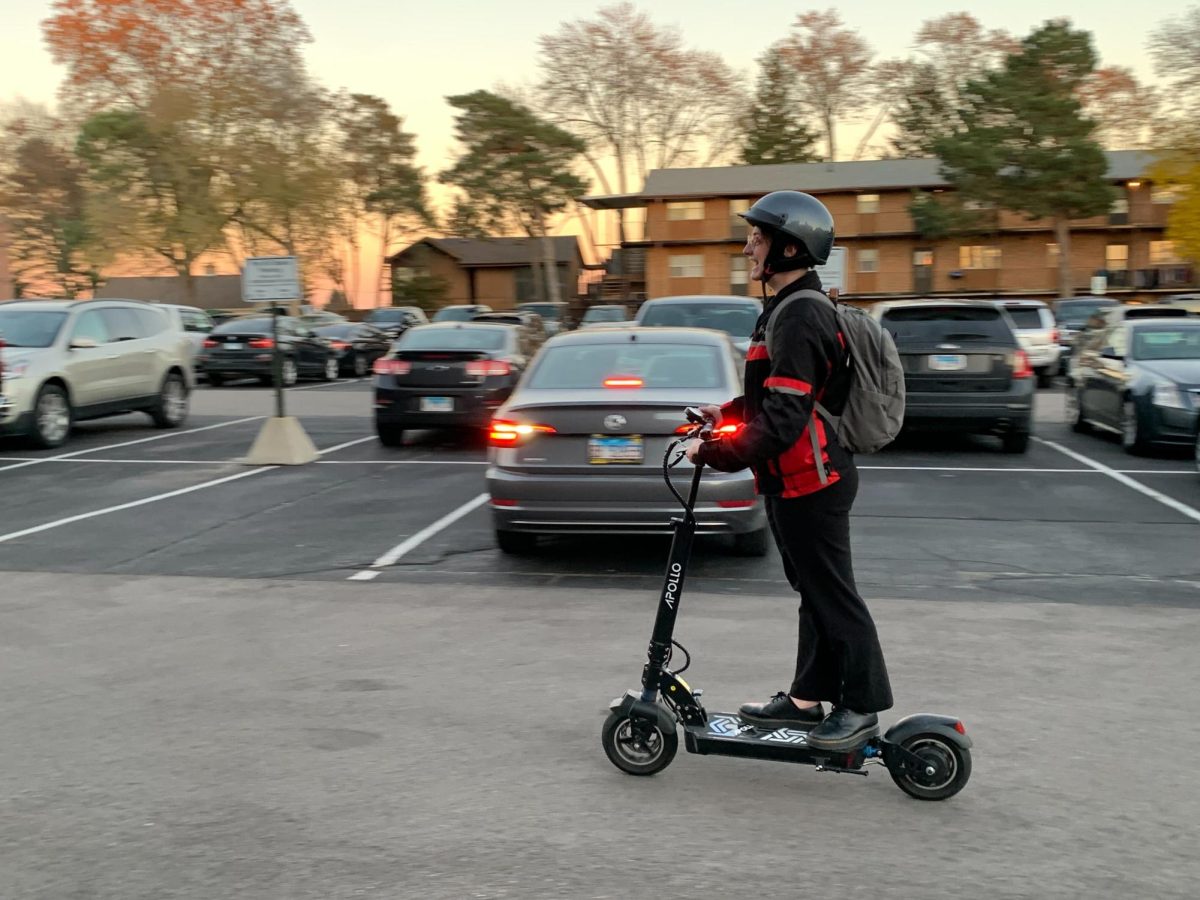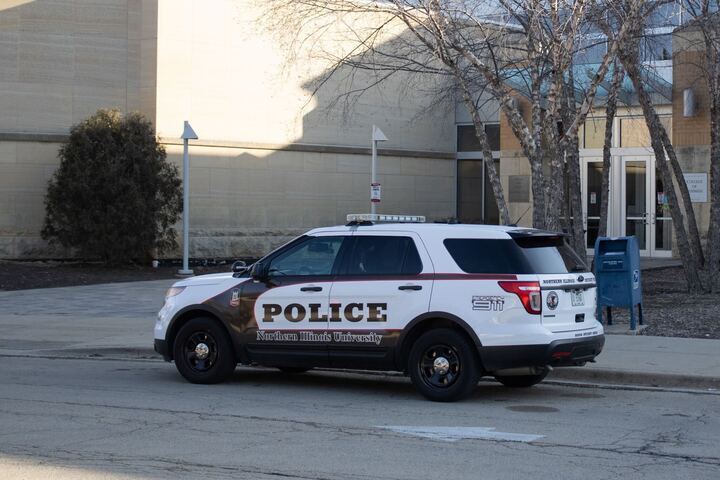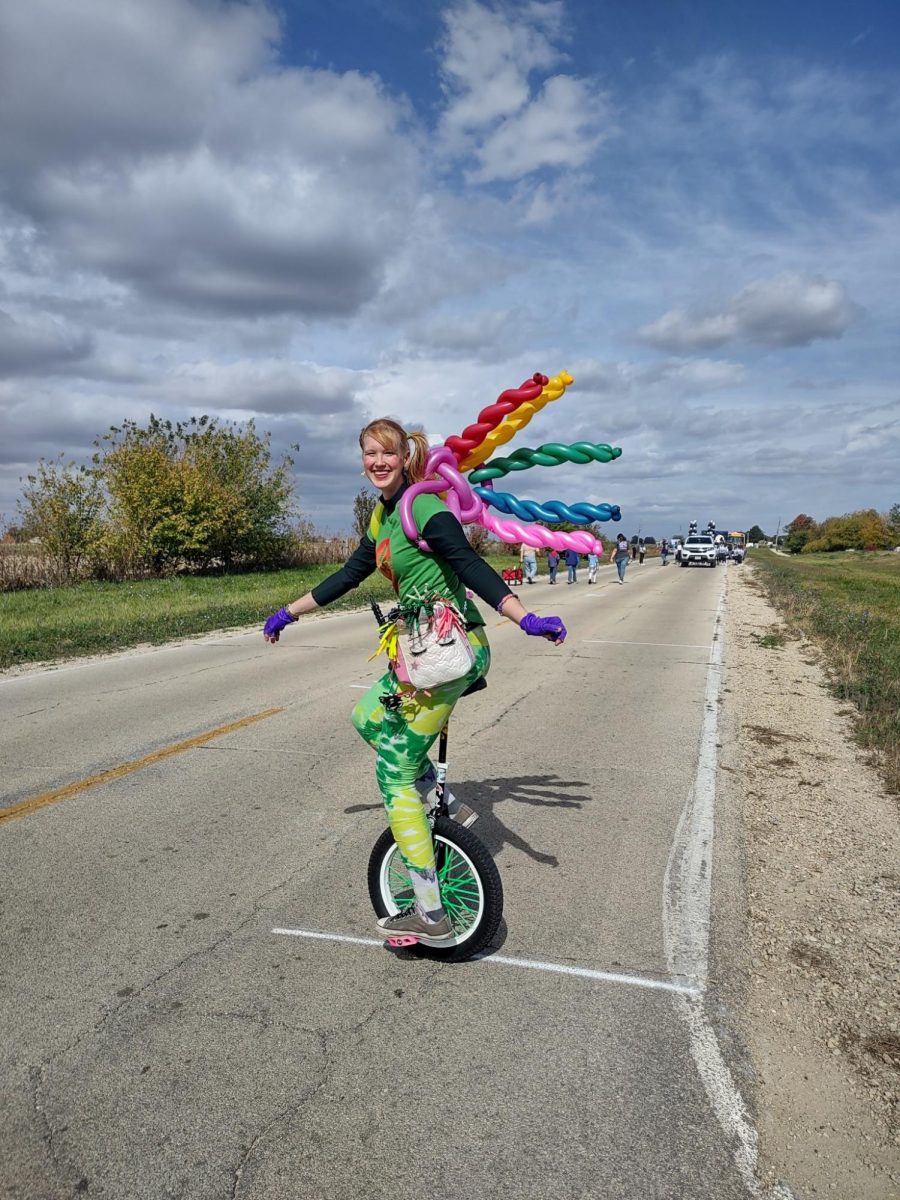DeKALB – Scooters, bicycles, skateboards and more powered by electricity are becoming a popular form of transportation for students to slide around campus.
E-vehicles are an alternative method of transport students are using to get around campus. E-vehicles are cheaper than a car and can go on sidewalks but pose a different set of challenges to students commuting.
Gunner Wright, a sophomore computer science major, said he lives off campus, and having his electric scooter has made commuting easier for him. Wright chose an e-scooter because it is less bulky than an e-bike, so he can navigate through foot traffic easily.
“A positive of having an electric scooter is it’s very easy to maintain, very easy to store, very easy to get around campus with it,” Wright said. “Cons are if you don’t have one with springs in it, or kind of like a shock system in it, the sidewalks can take a toll on the device.”
Price, battery life and speed all vary depending on the type of e-transport, brand and retailer.
Daniel Smith, a first-year business major, said he purchased his GOTRAX e-scooter at Walmart for $300.
E-transport battery life can vary, but most come with a display on the handlebars that states how much battery life the rider has left. Usually, this display shows not only a battery percentage but how much further the vehicle can go.
Charging for e-transport can take as short as 45 minutes and up to 12 hours.
Alexandria Rangel, a student at Debutantes School of Beauty, said their e-scooter has headlights, rear lights, a bell and a detachable seat. Their e-scooter, a Segway Ninebot, comes with an app that can display the diagnostics of the e-scooter and unlock it.
Rangel said she broke her wrist because she wasn’t wearing any safety equipment while using their e-scooter.
“That brings into play not only safety of the riders themselves, you know helmets and that sort of thing with the added speed, but also others around them,” said John Heckmann, associate vice president for facilities management and campus services. “You’re talking about these devices being driven on walkways, which are mostly meant for pedestrians.”
Heckmann said another issue with e-vehicles is the fire risk they pose in charging them. Overcharging or damage to the battery of an e-vehicle is liable for the device to catch fire.
The possession or charging of an electric scooter or similar item is prohibited in NIU residence halls, according to the NIU Housing Handbook. Prohibited items are classified as any item that creates a danger to people, university property, public nuisance, fire or safety hazard.
While most e-transports are folded up and brought with the rider (to wherever), this restriction can make storing more difficult. Smith said he uses the outside bike racks and secures his e-scooter with a lock.
NIU used to have a bike share program with a company called Veoride, a bike rental company, Heckmann said. Students would be able to unlock a rental bike for a small fee and use the bike for a period of time to get around the surrounding neighborhood.
Veoride’s partnership with NIU ended in 2019. In 2020, the university shutdown due to the COVID-19 pandemic. With the campus shut down, the need for a public bike-share wasn’t needed.
Heckmann said if NIU were to provide a similar service with electric vehicles, there would be factors to consider.
NIU would need to decide if it would run the program or bring in a third-party like Veoride. The biggest hurdle would be maintaining the program and keeping its viability.
“By the end of the day or the next day, how do you get all those devices back to where people will want them to start their day off?” Heckmann said.
These were all issues NIU found when the bike share program was active.
“Years ago when we had the bike rental program, we’d have a number of bikes that would end up in our waterways and ponds,” Heckmann said.
Students are continuing to find creative ways to make their commute and get across campus. Those methods will become more limited as winter approaches, factoring in winter sidewalk conditions.
“I’m predicting this year to be pretty warm, so I think this year should be good,” Wright said, “But otherwise, I feel like if it starts to snow, I’m going to just leave it (e-scooter) at my apartment and probably just walk.”















